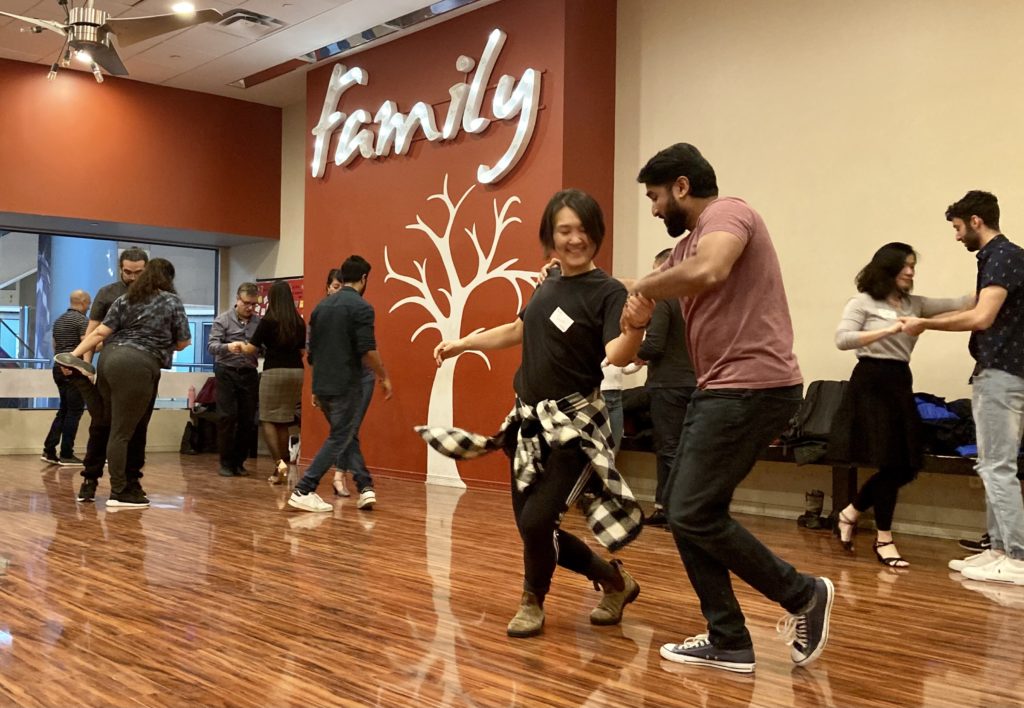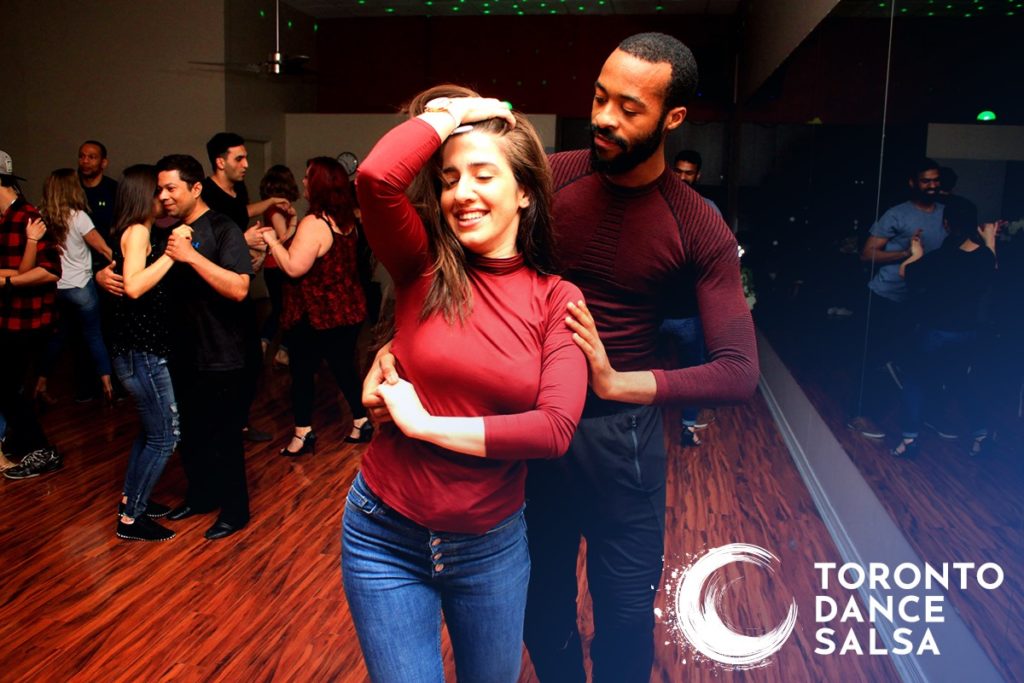“The term “Bachata” was used by higher society in the DR in an effort to insult the music and the dance, but musicians and dancers alike embraced the term.”
Bachata is a dance that has its origins in the Dominican Republic. The basic step is easily recognized as a three-step basic accompanied with a tap and hip movement on the 4th beat.
Like Salsa, Bachata (the dance) grew from Bachata (the music). A music form that developed in the early 20th century, Bachata music has its origins in Cuban son, boleros and Afro-Caribbean rhythms. In its infancy both the music and the dance were considered (by the general public) crude and not fit for regular society; couple that with a stifling dictatorship in the Dominican Republic, and Bachata was largely kept “underground” until the DR was released from the ruling dictatorship in 1961. As such Bachata was only able to take hold in communities outside of the DR within the last 25 years.
Once the era of oppressive censorship ended in 1961, Dominican musicians were able to start recording the music (although, in those days Bachata was known as a slowed down version of Cuban bolero). The term “Bachata” (which is actually the term for a casual party) was used by higher society in the DR in an effort to insult the music and the dance, but musicians and dancers alike embraced the term, with musicians calling themselves “Bachateros”.
The original form of is very different from what is danced today. Originally dancers in the DR were confined to dancing and performing in low-class establishments. Despite the efforts of upper class society to push the music and the dance form down, Bachata continued to gain popularity in the Dominican Republic and finally, in the 1980’s the popularity of Bachata could not be ignored – radio stations in the DR began to play more of it on a regular basis and the music and dance form began to gain wider acceptance. As a result of this new widespread popularity, more Dominican musicians began to take part in the Bachata movement and the music and dance began to evolve.
As the music began to spread beyond the borders of the DR, so did the dance – coming to North America in the 1990’s, Bachata was taken up by Latinos and non-Latinos alike, with many communities taking the simple dance form and putting their own stamp and flavour on it.
I cannot wait to welcome you with a high five, a big hug and have you join Toronto Dance Salsa. Click here to check our current schedule.
There are so many other tips I can give and I would love to hear from you. If there is a post you want me to write about, please get in touch with me through Instagram (torontodancesalsa), Twitter (#torontodancesalsa), Facebook (Toronto Dance Salsa) or email [email protected].


